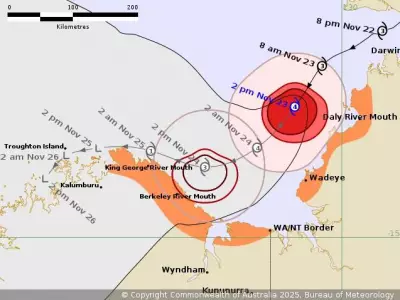
Perth stands at a critical crossroads in its development journey, facing a choice that will define its character for generations to come. The city must decide whether to continue its relentless horizontal expansion or embrace a more sustainable vertical future that maximizes urban potential.
The High Cost of Urban Sprawl
For decades, Perth has been spreading outward at an alarming rate, consuming vast tracts of bushland and agricultural areas in the process. This urban sprawl comes with significant financial and environmental consequences that cannot be ignored. The continuous expansion demands extensive new infrastructure - roads, utilities, and public services - that stretches municipal budgets thin while delivering diminishing returns.
The environmental impact is equally concerning. Each new suburban development fragments wildlife habitats and increases the city's carbon footprint through longer commutes and greater reliance on private vehicles. As noted by planning experts, this pattern of development is simply unsustainable for a city looking toward the 22nd century.
The Economic Case for Density
Building upward represents not just an environmental imperative but an economic opportunity. Denser urban development creates more efficient cities where resources are concentrated and services can be delivered more effectively. Public transportation becomes economically viable, walking and cycling become practical alternatives to driving, and community facilities serve larger populations within smaller areas.
This approach also addresses Perth's unique geographic challenges. The city is constrained by the ocean to the west and hills to the east, making lateral expansion increasingly impractical and expensive. By building up rather than out, Perth can accommodate future population growth without sacrificing its natural boundaries or character.
Creating Vibrant Urban Communities
The shift toward vertical development isn't just about containing sprawl - it's about creating better urban experiences. Well-designed density fosters vibrant neighborhoods where residents can live, work, and socialize within walkable distances. Mixed-use developments that combine residential, commercial, and recreational spaces create around-the-clock activity that makes cities feel alive and secure.
This approach also preserves the unique aspects that make Perth special. By concentrating development in existing urban areas, the city can protect its surrounding natural landscapes and maintain the quality of life that residents value. The result is a city that feels both cosmopolitan and connected to its environment.
The transformation won't happen overnight, but the direction is clear. Perth's future lies in thoughtful, well-planned density that respects the city's character while preparing it for the challenges ahead. The era of endless suburban expansion must give way to smarter urban design that builds up rather than out.





